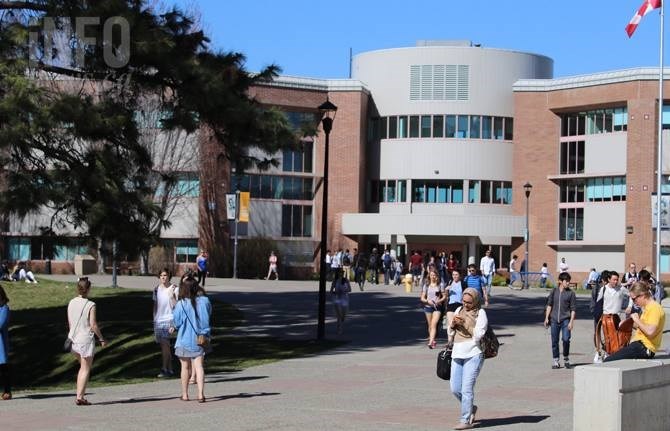
Thompson Rivers University
Image Credit: FILE PHOTO
August 05, 2020 - 4:29 PM
Thompson Rivers University will be one of the first places in Canada to move forward with a type of COVID-19 testing that focuses solely on sewage.
Microbiologists Dr. Jonathan Van Hamme and Dr. Eric Bottos will begin to sample the City’s sewage to scan for genetic material shed by the virus, according to a release from TRU.
Research assistants will collect samples of wastewater from various locations around Kamloops, and bring them back to Van Hamme’s lab at the university. There, Van Hamme will look for the ribonucleic acid fragments which are shed from the virus and found in feces.
“The City of Kamloops has been a great partner. They are giving us access to the treatment plant and we should be able to sample from different collection points. So, theoretically, we can sample outside of a school or even a long-term-care facility,” Van Hamme says in the release.
Van Hamme is the director of TRUGen, the first high-throughput genomic sequencing lab outside of the Lower Mainland. Kamloops became the home from the project due to the equipment at the lab and funding from a federal government grant through the Natural Sciences and Engineering Research Council.
This form of wastewater testing has been used before to detect other diseases such as polio, but testing wastewater for the COVID-19 virus is new in Canada.
The testing will use the same technology used with nasal swabs. As Canadian cities begin to get on board with this method of testing, scientists are creating protocols and methods to follow. One thing scientists are working on is figuring out the lowest levels of genetic material that can be traced and deciding when to sample.
“Because people shed it in their feces, we have to figure out what time most people go to the bathroom,” Van Hamme says. “We have a lot of questions. Even if you detect (ribonucleic acid) in the sewage, what does that mean? You can’t directly correlate it to how many people in a population are ill, because they may be asymptomatic spreaders. It’s a good way to monitor entire populations, cost-effectively.”
Van Hamme believes sampling weekly and creating a baseline can spot the genetic material up to six days before an outbreak. There are some things the research won’t be able to catch onto, such as a bus of tourists passing through the city and other anomalies.
For more information on the project, click here.
To contact a reporter for this story, email Jenna Wheeler or call (250) 819-6089 or email the editor. You can also submit photos, videos or news tips to the newsroom and be entered to win a monthly prize draw.
We welcome your comments and opinions on our stories but play nice. We won't censor or delete comments unless they contain off-topic statements or links, unnecessary vulgarity, false facts, spam or obviously fake profiles. If you have any concerns about what you see in comments, email the editor in the link above.
News from © iNFOnews, 2020